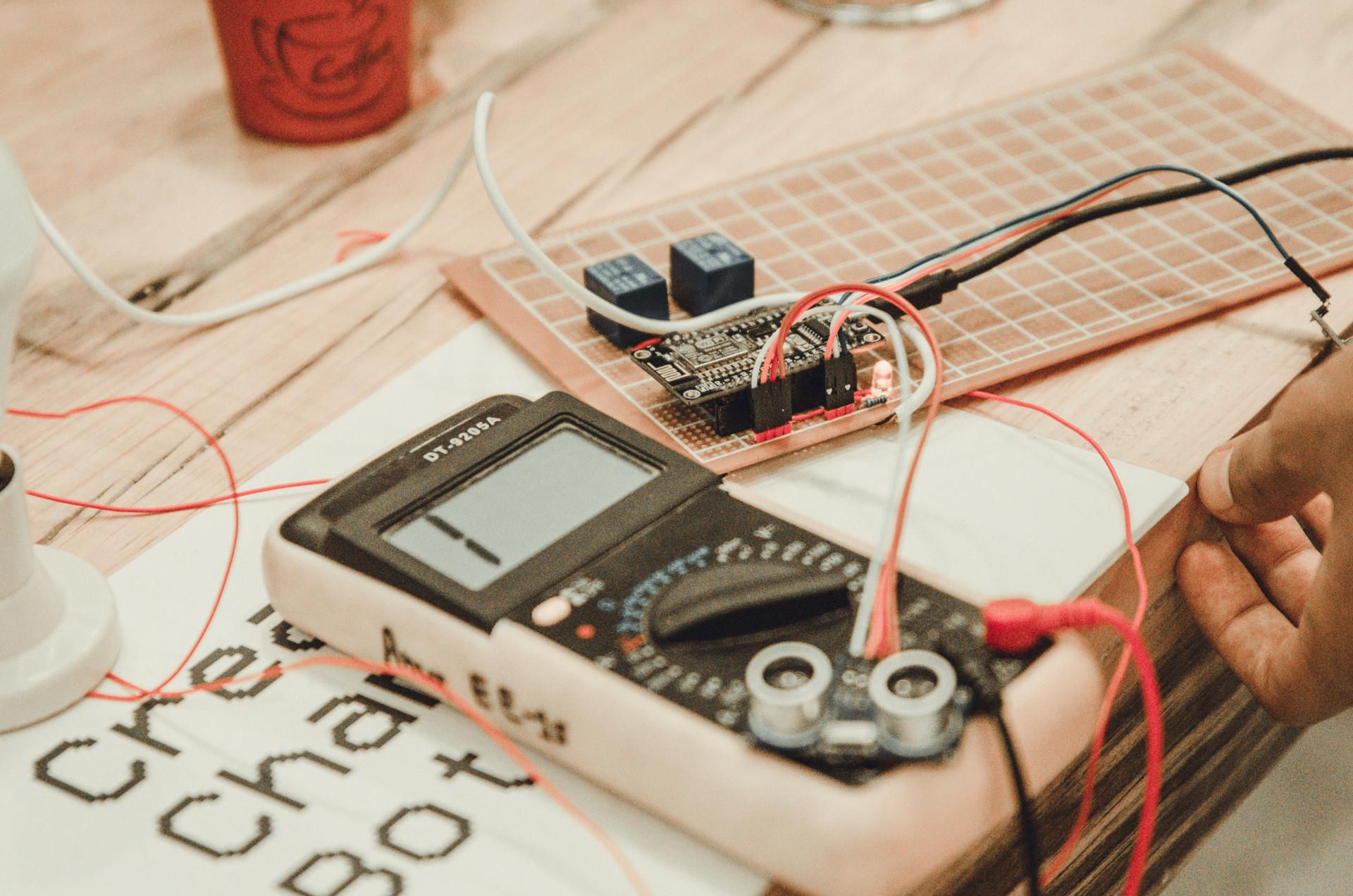Protect Your Family: Discover How to Conduct an Electric Safety Test at Home

In the realm of home safety one of the most important aspects to be considered is electrical safety. Testing for electrical safety is the procedure of testing the electrical system within your home to ensure that it’s safe and current. In this article we’ll give you the basics of what electrical safety tests are, what tools will be required for conducting them, the best method to conduct the tests and what warning signs to be aware of.
What is an Electrical Safety Test?
An electrical safety test is the procedure of examining the electrical system in your home to ensure that it’s safe and functioning in a proper manner. The importance of electrical safety tests is as they can in preventing electrical fires and electrical accidents and also ensure the long-term durability that your electric system has.
Tools Required to conduct an electrical Safety Test
For conducting an electrical safety test, you’ll require a few basic tools. These include an electrical voltage tester and a continuity tester a circuit tester, along with the outlet tester. The voltage tester is used to test for live circuits while the continuity tester is used to check for circuits that are damaged. The circuit tester is utilized to check for wiring faults, and outlets testers are used to check for wiring problems in the outlets. It’s important to use these tools correctly to get precise results.
How do you conduct an electrical Safety Test
To perform the electrical test at your home take these steps:
Switch off the power source for the circuit that you’re trying to test.
Utilize the voltage tester to look for live circuits.
Use the continuity tester to look the integrity of your circuit.
Use the circuit tester for checking for wiring faults.
Make use of the outlet tester to look for electrical problems within the outlets.
When testing Be sure to check for indications of wear or damage on the wires that could indicate frayed or broken wires, burn marks and loose wires. If you find any issues, it’s important to address them as soon as possible to prevent any potential dangers.
Signs of Electrical Problems to be Watchful for
There are several warning signs that could signal electrical problems in your home. They include flickering light bulbs and frequent circuit breaker trips, buzzing or crackling sounds from outlets, the appearance of outlets that are discolored or hot as well as a burning smell. If you notice any of these signs, it’s important to take action immediately to avoid any electrical dangers.
Conclusion
Electrical safety tests are crucial for ensuring the safety of your home and your family. By performing regular tests and taking care to address any issues immediately you will be able to prevent electrical hazards and extend the life of your electrical system. If you require assistance with electrical testing and repairs, don’t hesitate to contact Local Electrician Quakers Hill. Our team of experts can offer you expert advice and assistance. Contact us at 1300 610 481 to schedule an appointment or to request a quote.
FAQ Section
What is the recommended frequency to perform an electrical safety test in my home?
We recommend conducting tests of electrical safety at least every year.
Can I conduct an electrical safety test by myself or do I need a professional?
While it’s possible to perform an electrical safety test yourself but it’s best to hire an expert to ensure the accuracy of results and to avoid any potential dangers.
Are there any frequently encountered electrical problems that can be found in an electrical safety test?
The most frequently-repeated electrical issues found during a safety test comprise malfunctioning wiring, overloaded circuits, and outdated electrical systems.
What should I do if I discover a problem during the electrical safety test?
If you spot a problem during the electrical safety test, it’s important to act immediately. This could include calling a professional electrician to address the issue or replacing damaged equipment.
